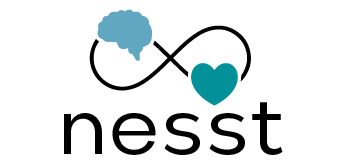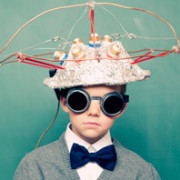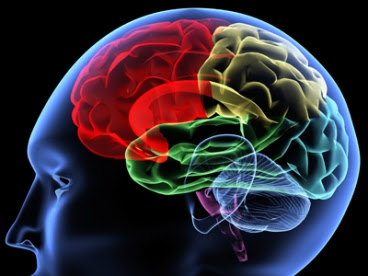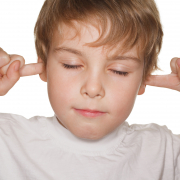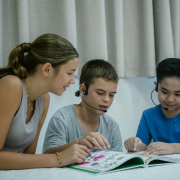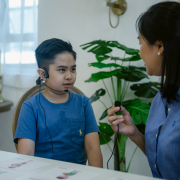NESST – NeuroDiverse Education Support Services & Tutoring
What is NeuroDiversity?
It is a non-medical term which describes the unique and different ways our brains work. The brain being the physical functioning part while the mind reflects our “thinking”, or ways we use our brain.
A NeuroDivergent brain describes the situation where an individual’s brain may operate differently from a standard or NeuroTypical brain.
This can include individual who may have a diagnosis of Autism Spectrum Disorder, or another who may have the uniqueness of Dyslexia, Dysgraphia, Dyscalculia through to the Gifted.
Even though there is no such thing as “normal” – those who are not NeuroDiverse are referred to as NeuroTypical.
Articles include research, latest news and trends and at the bottom I share my thoughts and experiences with Meltdowns.
